India is home to over 60 per cent of the world’s wild Asian elephants, around 30,000 individuals roaming forests, grasslands, and tea estates across the country. Revered in mythology and culture, these gentle giants are keystone species that shape ecosystems and support biodiversity.
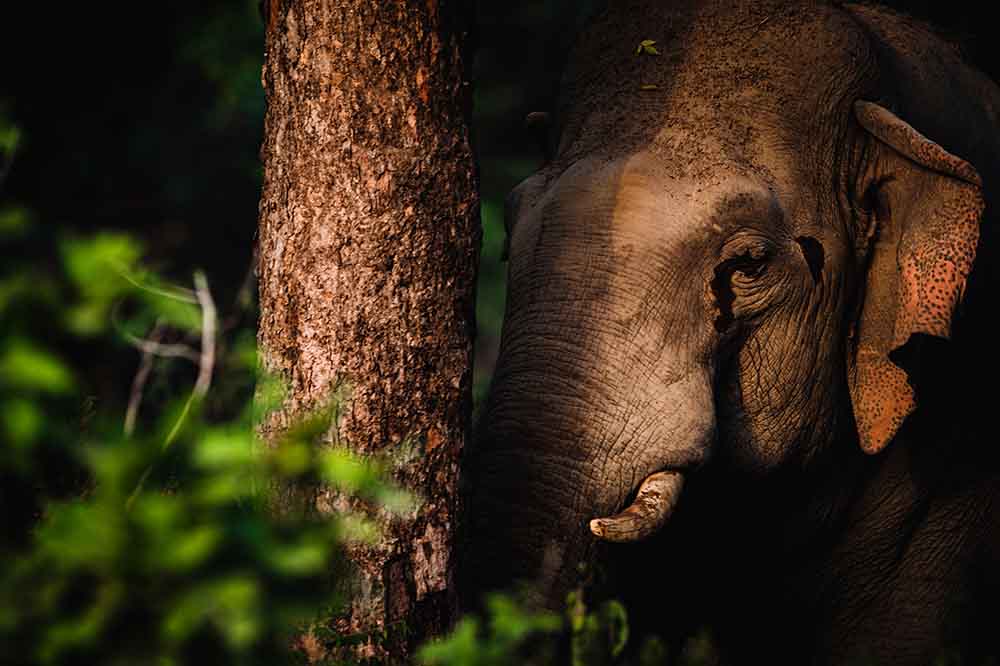
Yet, they stand at a dangerous crossroads.
A Species Under Siege
The Asian elephant is classified as Endangered, with populations declining by more than half over the past three generations. Habitat loss from infrastructure projects, mining, and agriculture has shrunk their range to just 3-4 per cent of India’s landmass.
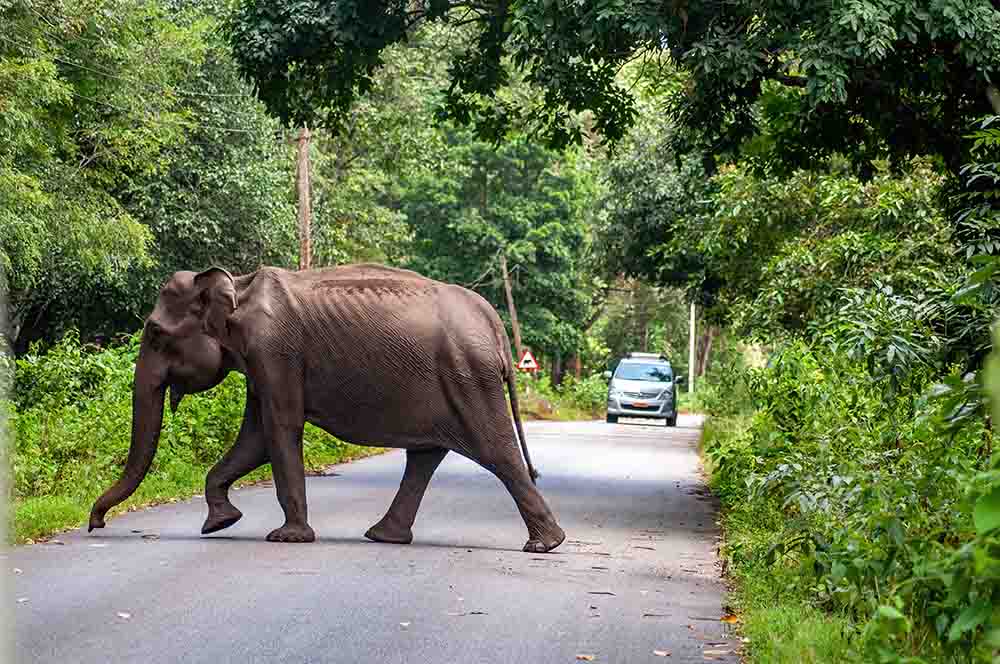
Poaching adds another layer of threat. While international ivory trade is banned, an estimated 100 male tuskers are still killed annually for their tusks, skewing sex ratios and threatening genetic diversity. Operations like Shikkar (2015–17) have made dents, seizing 487 kg of ivory and arresting 72 suspects, but illegal hunting persists in pockets.
The Women Who Stand Guard
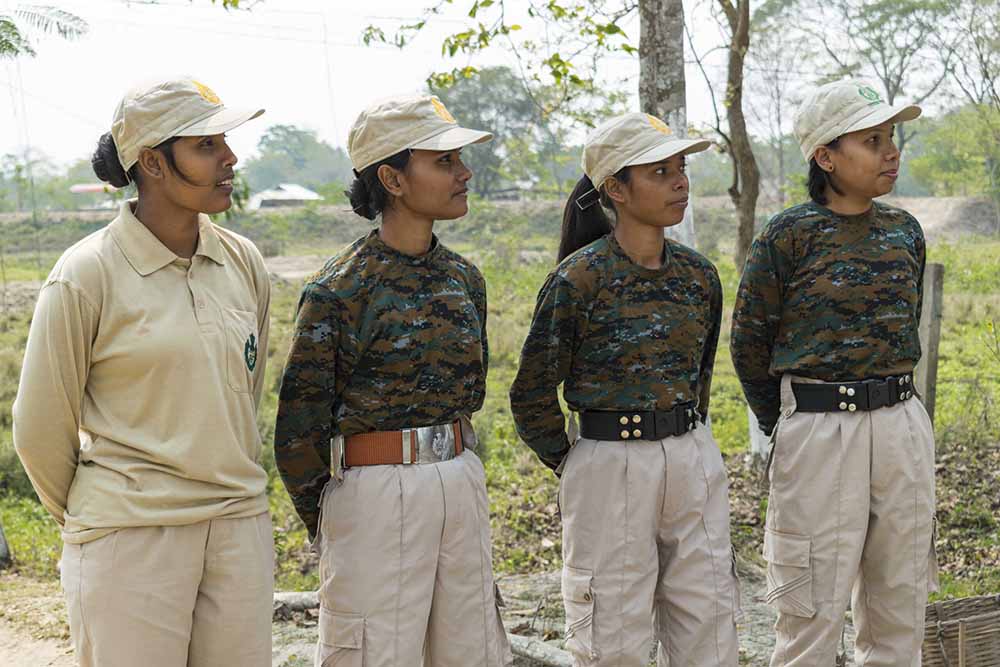
Amid these challenges, a remarkable group of women is rewriting India’s conservation story, leading with grit, compassion, and innovation.
1. The Mahout Trailblazer – Parbati Barua
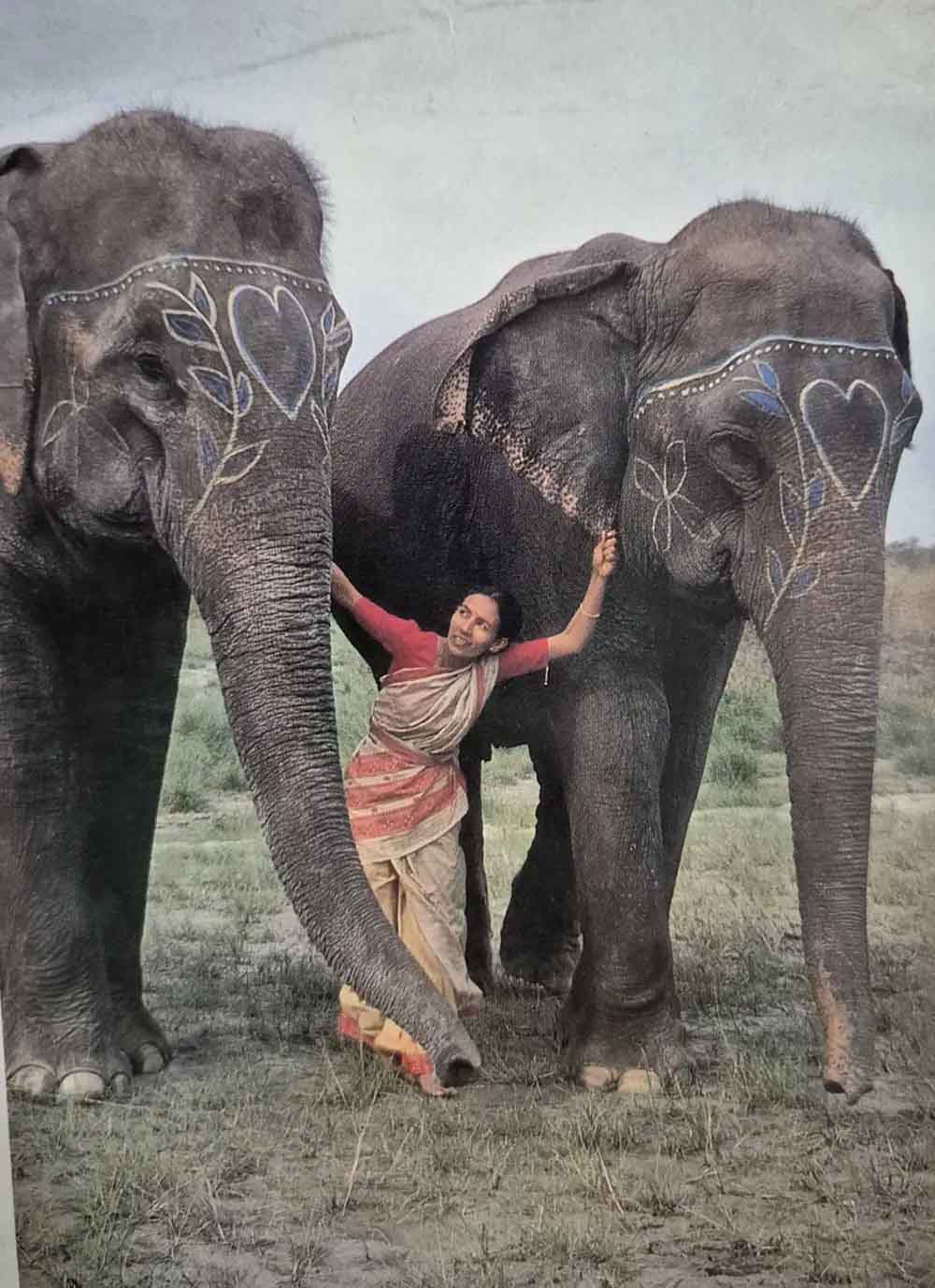
In the 1970s, when the world of mahouts was an all-male preserve, a young Parbati Barua from Assam broke the mould. Mastering the traditional “phandi” lasso technique, she went on to become India’s first female mahout. Over decades, she has trained and rehabilitated elephants, led rescue missions, and worked tirelessly to ease human–elephant tensions. In 2024, her lifetime of dedication was recognised with the Padma Shri.
2. The Corridor Creator – Sonia Jabbar

Owning a tea estate in Darjeeling, Sonia Jabbar faced a choice: clear land for profit or protect the elephant herds that crossed it. She chose the latter, creating wildlife corridors through her property. Her estate became India’s first to earn “Elephant Friendly™” certification, and she was awarded the Nari Shakti Puraskar for showing that conservation and commerce can co-exist.
3. The Rescuer & Healer – Geeta Seshamani
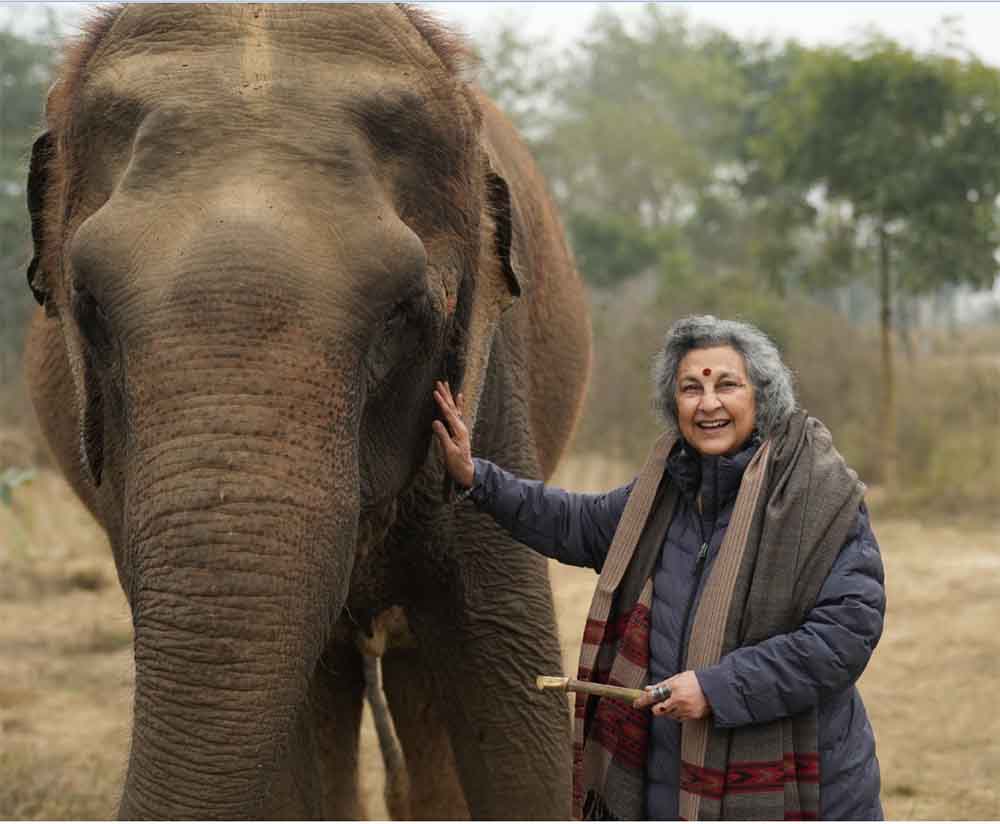
As co-founder of Wildlife SOS, Geeta Seshamani has spent decades fighting for India’s abused and injured elephants. In 2018, she established the country’s first Elephant Hospital in Mathura, equipped with X-ray machines, hydrotherapy pools, and a dedicated veterinary team. Her mobile rescue units operate across India, offering a lifeline to captive elephants.
4. The Legal Crusader – Suparna Baksi Ganguly
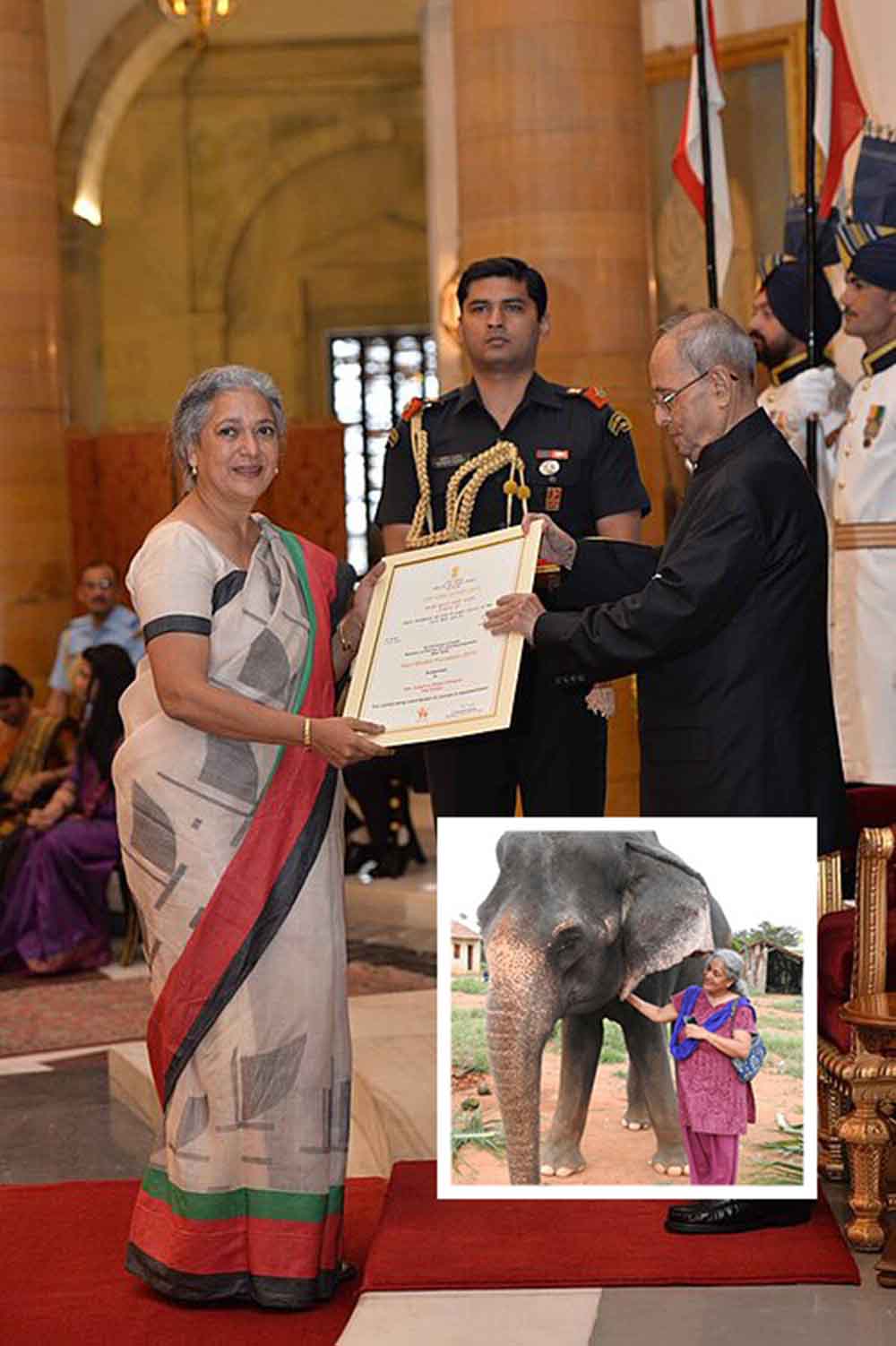
Through her work with CUPA and WRRC, Suparna has challenged the captivity of elephants in temples, circuses, and private ownership—taking the fight to court. Awarded the Nari Shakti Puraskar in 2016, she remains a force in advocating for stronger welfare laws and ethical treatment.
6. The Village Protectors – Sadiya, Assam
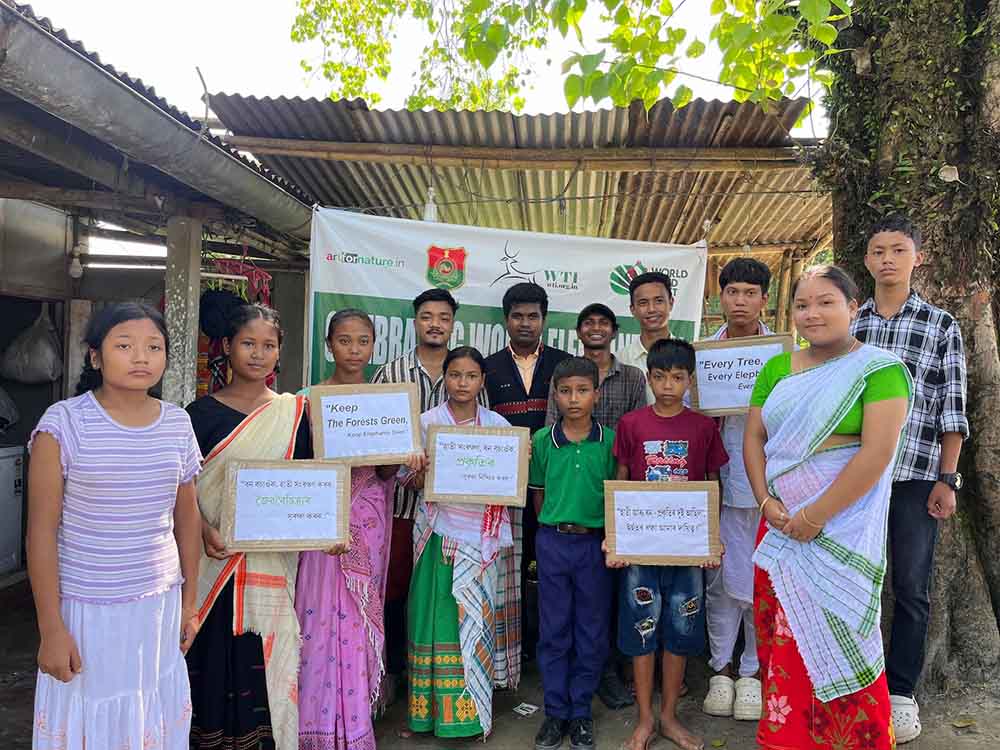
In Assam’s conflict-prone Sadiya region, women have formed rapid-response teams. They track elephant movement, maintain solar fencing, and use street theatre to educate villagers about coexistence. Their community-first approach has reduced clashes and fostered empathy for the animals.
7. Kaziranga’s Van Durgas – Guardians of the Forest
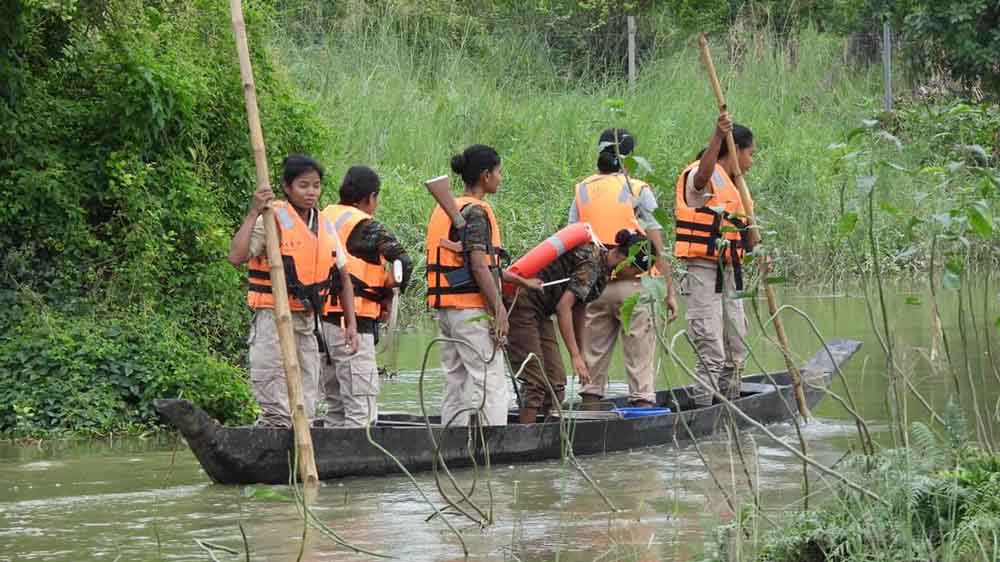
Dressed in olive green and rigorously trained in combat, emergency response, and wildlife handling, the Van Durgas stand as Kaziranga’s frontline defenders. They patrol by foot or watchtower from dawn till night, bravely navigating floods, wildlife encounters, and poaching threats. During the 2024 floods, they guided stranded animals across inundated highways, regulated traffic at nine animal corridors, and achieved the lowest wildlife mortality from vehicle hits in the park’s history.
A Roadmap for Coexistence
The work of these women demonstrates that elephant conservation isn’t just about saving a species, but about reimagining human–wildlife relationships. Key steps forward include:
· Expanding wildlife corridors to restore fragmented habitats.
· Scaling anti-poaching operations and intelligence networks.
· Empowering communities, particularly women, with sustainable income tied to conservation.
· Strengthening legal protections against captivity and cruelty.
· Investing in rescue and rehabilitation infrastructure nationwide.
On World Elephant Day, their stories remind us that the survival of India’s elephants hinges not just on policies and patrols, but on courage, empathy, and the belief that coexistence is possible. These women are more than protectors; they are trailblazers of hope for a species whose fate is intertwined with our own.